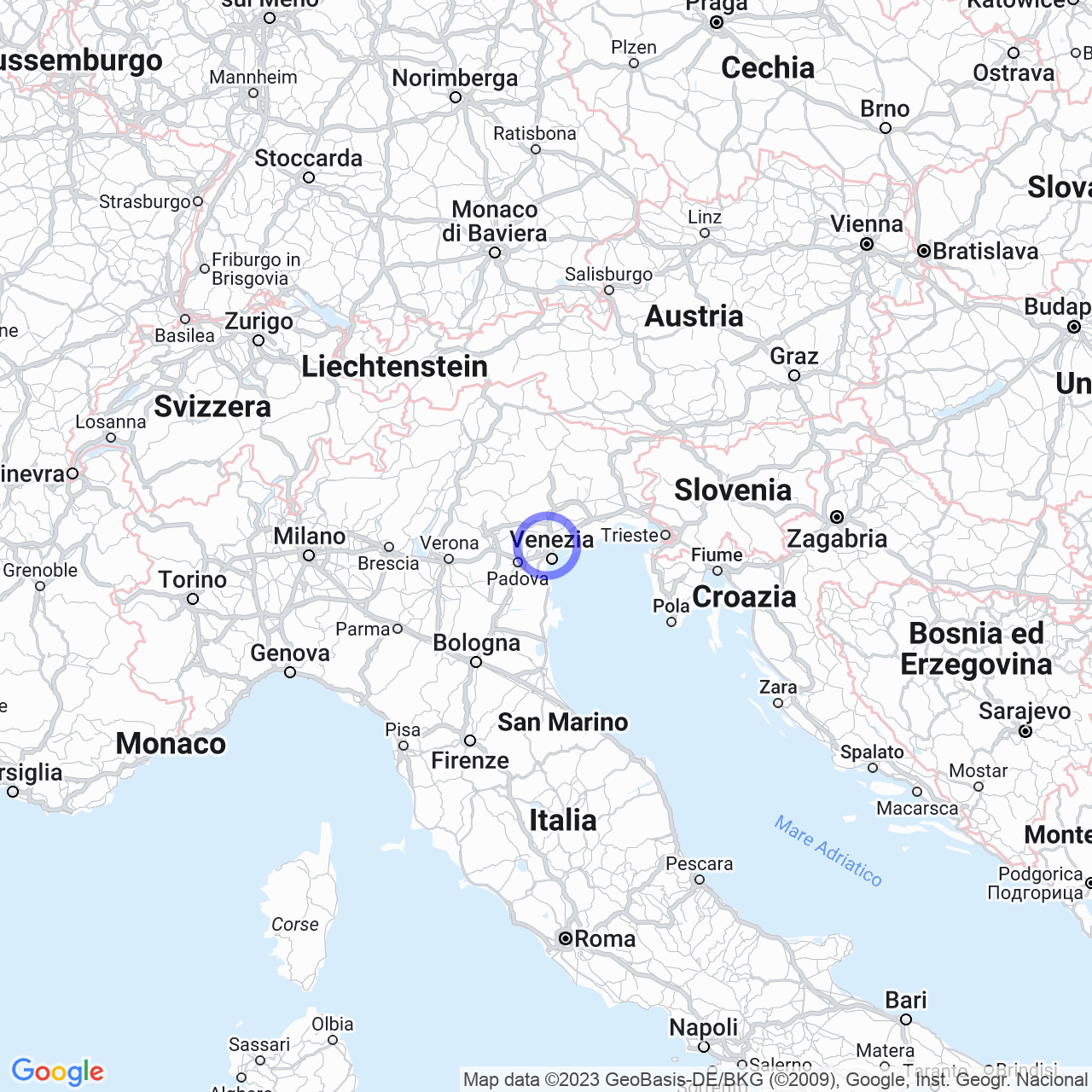Mogliano Veneto
Mogliano Veneto: a flat land rich in water and history
Have you ever been to Mogliano Veneto? This Italian municipality, with about 27,000 inhabitants located in the province of Treviso, has a lot to offer in terms of geography and history. Let's discover it together!
Physical Geography
The territory of Mogliano Veneto covers 46.26 km². It is completely flat and the altitude ranges from 2 to 16 meters above sea level, while the town hall is located at 8 meters above sea level. The land is mostly clayey and, thanks to this, water remains on the surface creating a rather important water network. The main river is the Zero, which passes near the center of the town, but there are also ditches and drainage canals such as the Pianton, the Fossa Storta, the Zermanson, and the Peseggiana. Another significant presence is that of the aquifer.
The territory of Mogliano Veneto borders several municipalities in the province of Treviso, such as Zero Branco, Preganziol, Casale sul Sile, and Scorzè, but also with those of Quarto d'Altino and Marcon, the latter located in the province of Venice.

History
The history of Mogliano Veneto dates back to Roman times when the territory belonged to the ager of Altino and as such was intensively cultivated. The name of the city seems to derive from ''praedium Molianum'', that is, the set of possessions of a certain Molius.
After the barbarian invasions and that of the Hungarians in 889 AD, the territory of Mogliano Veneto was abandoned. However, thanks to the concession of the bishop of Treviso, Rozone Calza in 997, the area was reclaimed and repopulated. It was the Benedictine monks who built a monastery in the area.
During the late Middle Ages, Mogliano Veneto found itself at the center of the struggles between the territories of Treviso, Padua, and the Serenissima.
Places of Interest
Despite the disappearance of the forests that once covered the territory of Mogliano Veneto, there are still some examples of typical flora in some areas today.
Among the places of interest in the municipality, worth mentioning is the Benedictine abbey of San Vito, which, founded by the monks and then passed into the hands of the nuns in the fifteenth century, became in the seventeenth century one of the most important post stations of the Serenissima. In addition, the town is home to several churches and chapels, including the church of San Francesco d'Assisi and the chapel of Santa Maria dell'Aguzzo, also called the delle Grazie, thanks to some miracles it is said to have performed.
Finally, we cannot forget the presence of many Venetian villas, built between the sixteenth and eighteenth centuries, such as Villa Scopetta, Villa Broggio, Villa Giustinian, and Villa Barbaro.
Conclusions
Mogliano Veneto is a municipality with a rich and fascinating history and a unique natural beauty, with a predominantly flat territory, water, and space for typical flora. If you are in the area with some free time, visiting it is recommended!
